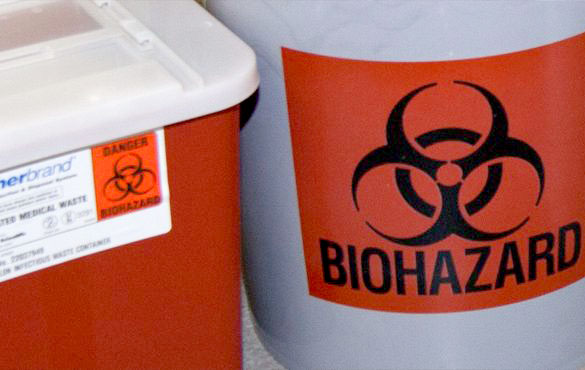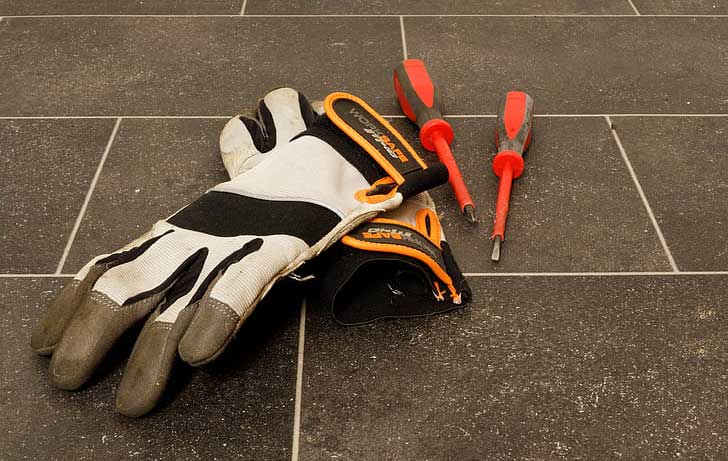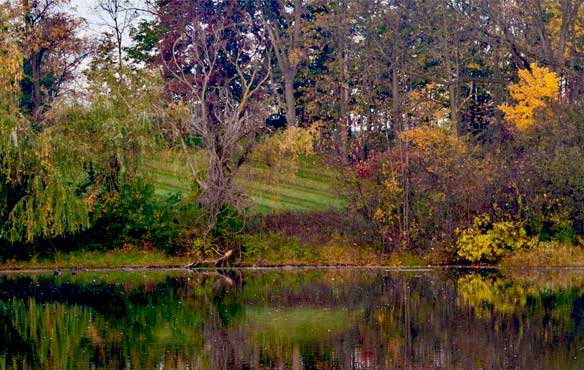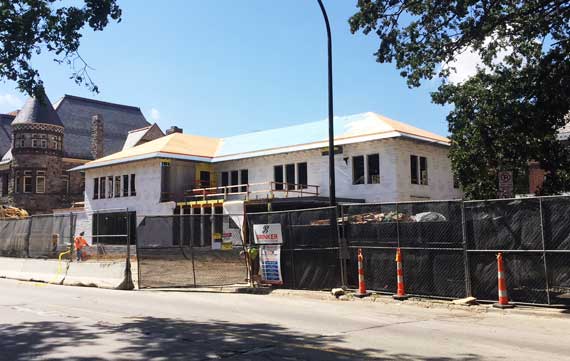The objectives of storm water management include helping to reduce stream and river bank erosion, improving water quality, and reducing flooding. To achieve these objectives, the volume, flow rate, and pollutant load of runoff leaving a site after development must be controlled. The U-M meets these objectives by building a coordinated network of structural and non-structural storm water control measures that work together to reduce, convey, and treat storm water runoff.
- Non-structural Controls: Work practices to minimize the effects of storm water runoff such as street and parking lot sweeping, catch basin cleaning, early storm water planning for construction projects, employee training and storm drain labeling.
- Structural Controls: Infrastructure to control and manage storm water runoff. Examples of structural controls are included here: Storm Water Management at the University of Michigan
Past Project Storm Water Management Summaries: (Check back as more project information is added.)
- Eda U. Gerstacker Grove Infiltration Measures
- Central Campus Storm Water Infiltration System
- Ingalls Mall Underground Infiltration Basin
- Monroe Mall Underground Infiltration Basin
- Munger Graduate Residence Hall Infiltration Basin
- Stephen M. Ross School of Business Infiltration (Jeff T. Blau Hall)
- Mobility Transformation Facility (MCity)
- Stephen M. Ross School of Business (Main Bldg and Kresge Library)
Additionally, the Office of Campus Sustainability has developed a Visual Storm Water Story and EHS maintains an interactive map of storm water best management practices both highlighting storm water control measures installed on campus to help protect the Huron River. These practices include green roofs, porous surfaces, retention/detention basins, hydrodynamic separators, and infiltration-based practices.





